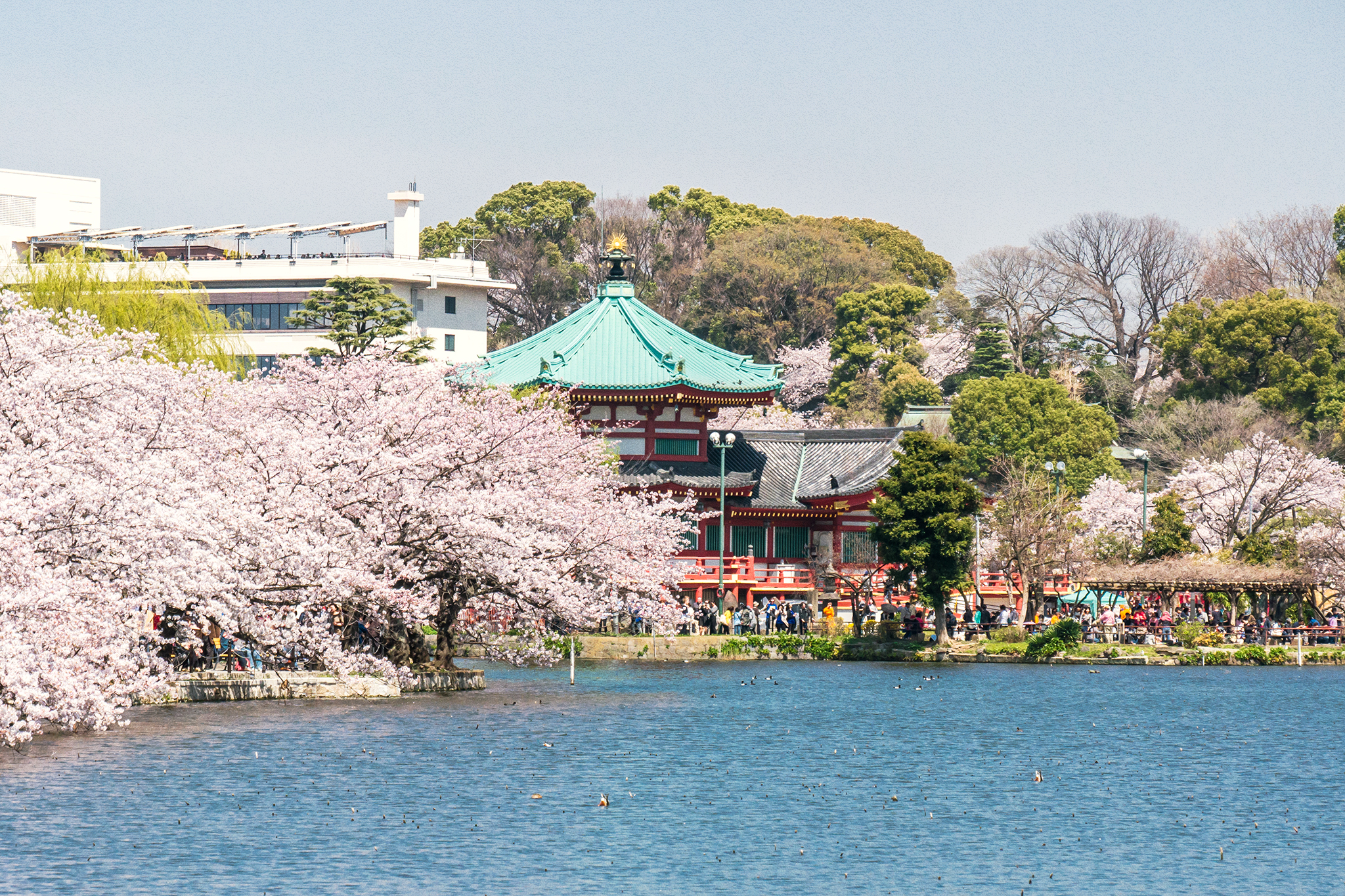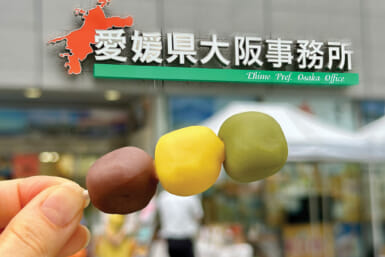So, you’ve got only 48 hours in Tokyo, what should you do? My gut reaction: stay longer. It might just be the greatest city on the planet; a New York with much less crime and squalor; a friendlier Shanghai with better food and a more streamlined rail network; a safe, dynamic, walkable and endlessly entertaining metropolis that has no right to work so efficiently. Yet it does.
Let’s say, however, that extending your trip isn’t an option. There are plenty of ways to approach a two-day trip to the capital, as long as you don’t spread yourself too thin. I’ve seen some first-timers’ itineraries and a common mistake is wasting time navigating the subway system and getting lost in gargantuan stations whose designs feel like a cruel joke.
Rather, it’s best to focus on districts, or wards, in adjoining pockets of the city and to give each area the time it deserves. This 48-hour itinerary is divided into east and west — more or less — and mixes the tourist trail with more local hideouts. You don’t need to follow this outline to a tee, but rather view it as a list of ingredients that, when combined, will result in a pretty exceptional dish.
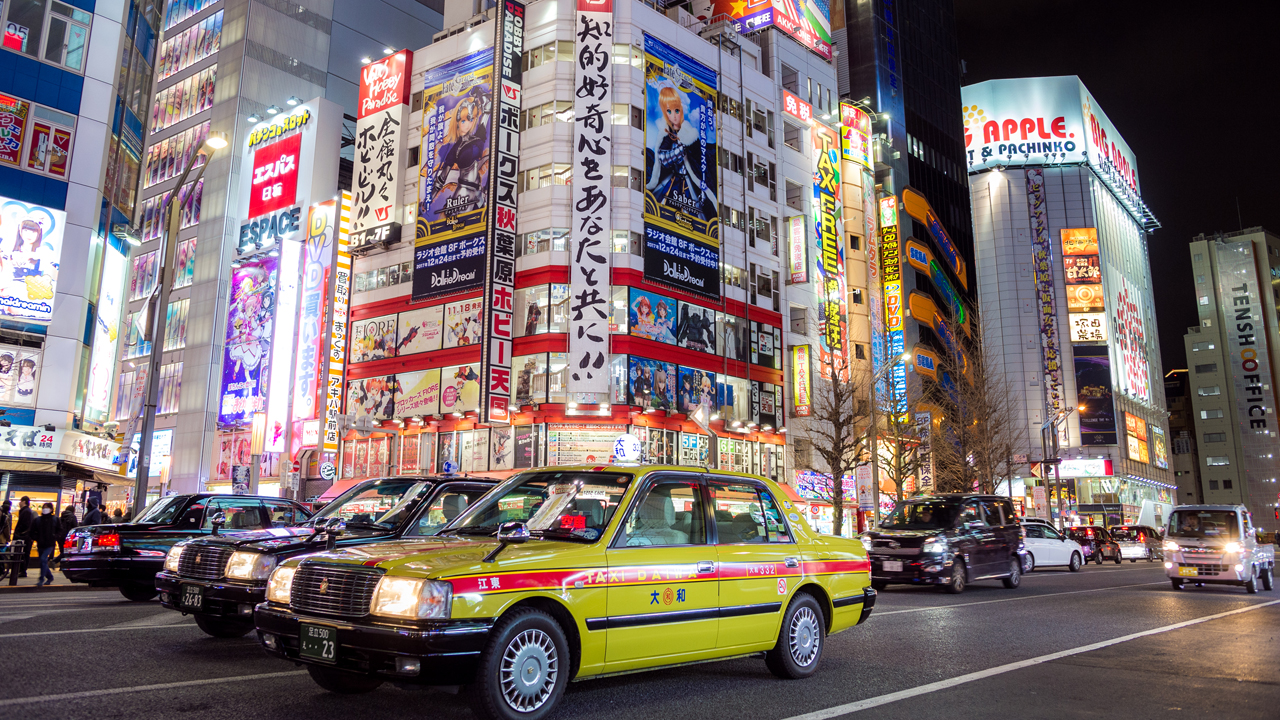
Akihabara
Day One: East Tokyo
Akihabara
Akihabara is the kind of kitschy, futuristic-looking district that outsiders often associate with Tokyo. Along with the sky-scraping arcades, manga stores with more books than the Bodleian Library and shops with screens blaring fuzzy-genitaled porn, there are also many retro video game stores filled with traveling otaku who can’t believe people take such good care of old electronics.
Even the most ardent fans of Japanese pop culture can tire of the Akihabara mayhem after a while, but if it’s your first time in Tokyo, I won’t blame you for wanting a sojourn in Electric Town. If you want to sample the arcades, head to HEY (Hirose Entertainment Yard), a flashing portal to the halcyon days of coin-op gaming. The top floor of Super Potato is also worth checking out. Alongside arcade classics, there are some fairly clunky beat ‘em ups for customers to play, but if nothing else, it’s a good gauge of how far the gaming medium has come.
People often become so lost in the Akihabara dreamscape they don’t realize there are more great ramen shops in the area than you can shake a noodle at. Torioh Keisuke, the self-anointed “Chicken King,” does a beautiful chicken bone ramen. Hakata Furyu is the spot for tonkotsu, a pork bone broth first created in Kyushu that’s become one of the most popular ramen styles in the country. If you want to ramp up the heat, check out Kikanbo, where the spicy pork belly ramen is a modern classic.
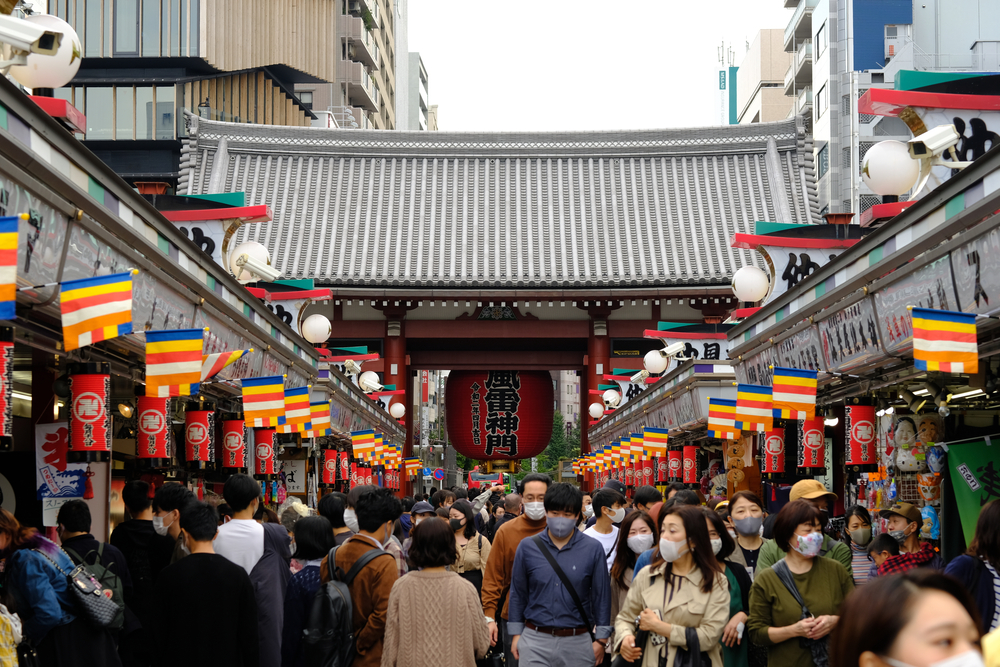
Asakusa
Asakusa
Most people go to Asakusa to marvel at Sensoji, the city’s largest Buddhist temple, a vermillion poster child for old Tokyo. Is it worth it? With the hordes of tourists in the temple courtyard and on Nakamise Shopping Street or posing for selfies under the Thunder Gate, that will depend on your predisposition towards crowds. But if the temple doesn’t take your fancy, there are more diversions nearby.
For a start, the walk from Akihabara to Asakusa along the promenades of Sumida River is one of Tokyo’s most charming. You’ll see Tokyo water buses and yakatabune boat cruises gliding along the surface. The Philippe Starck-designed Asahi Beer Hall, shaped like a freshly poured draft, is unmissable, as is Tokyo Skytree, the world’s tallest freestanding tower, rising above the Azuma Bridge.
You can get a sense of old Tokyo at Ichimatsu, too. This restaurant is a pocket of tranquility in an otherwise bustling neighborhood, hidden behind a perimeter wall and a neatly manicured landscape garden. The menu is kaiseki ryori, a multicourse seasonal cuisine devised by the head chef, served in rooms with haiku-esque names like “Pine Tree” or “Mount Fuji.” Geisha may entertain you between courses — a far better way to meet these kimono-dappled hostesses than running around Kyoto’s Gion district with your camera primed.
You’ll also find Infinity Books in Asakusa, the largest, and perhaps only, independent English-language bookshop in the city. Inside are thousands of individual titles crammed together on the timeworn shelves and a collection of instruments in the shop corner. These indicate Infinity Books’ event space, which comes to life through jam sessions, open-mic acoustic nights, stand-up comedy or table-top gaming meetups. Check the events calendar here.
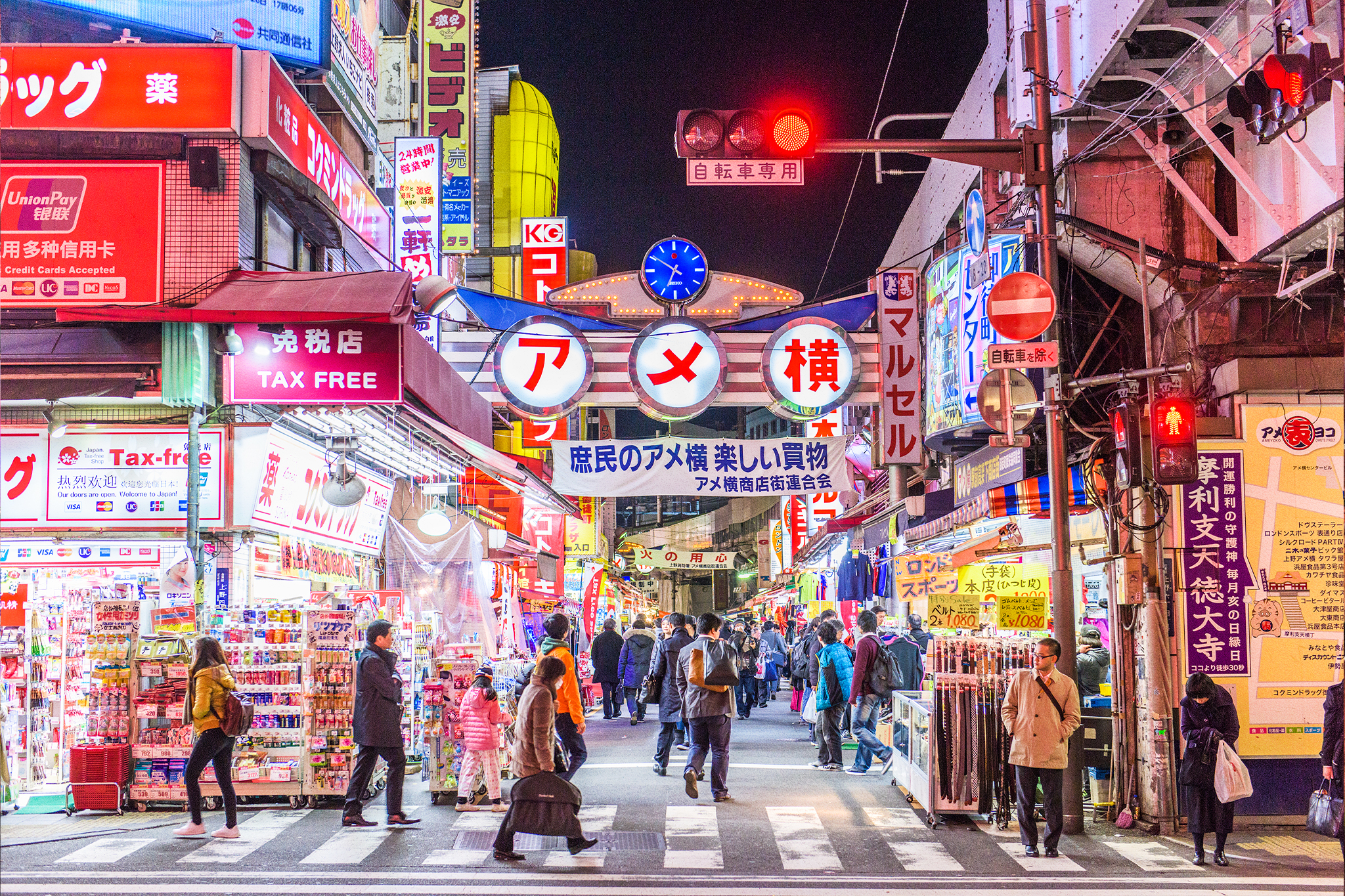
Ameya Yokocho in Ueno
Ueno
I’ve always felt people underrate Ueno. Sure, its namesake park gets far too busy during the cherry blossom season, and it does have a rather labyrinthine station, but the collection of museums, including the Tokyo Metropolitan Art Museum, the National Museum of Nature and Science and the Tokyo National Museum, is impressive. These are all congregated in Ueno Park, which also hosts cultural, religious and beer festivals in its central square throughout the year.
Ameya Yokocho, colloquially known as Ameyoko, is the main reason to visit here, though. It might sound odd to say, but Tokyo feels decidedly un-Asian at times, until you step into places like Ameyoko, which wouldn’t look out of place in Hanoi or Bangkok. This warren of alleyways is lined by hole-in-the-wall restaurants, sushi shops, standing bars, izakaya and street vendors peddling everything from mandarins and strawberries to slabs of meat and boxes of okashi (sweets). There are plenty of multi-story shops here, too, selling replica sportswear, foodstuffs, souvenirs, trinkets and bric-a-brac items.
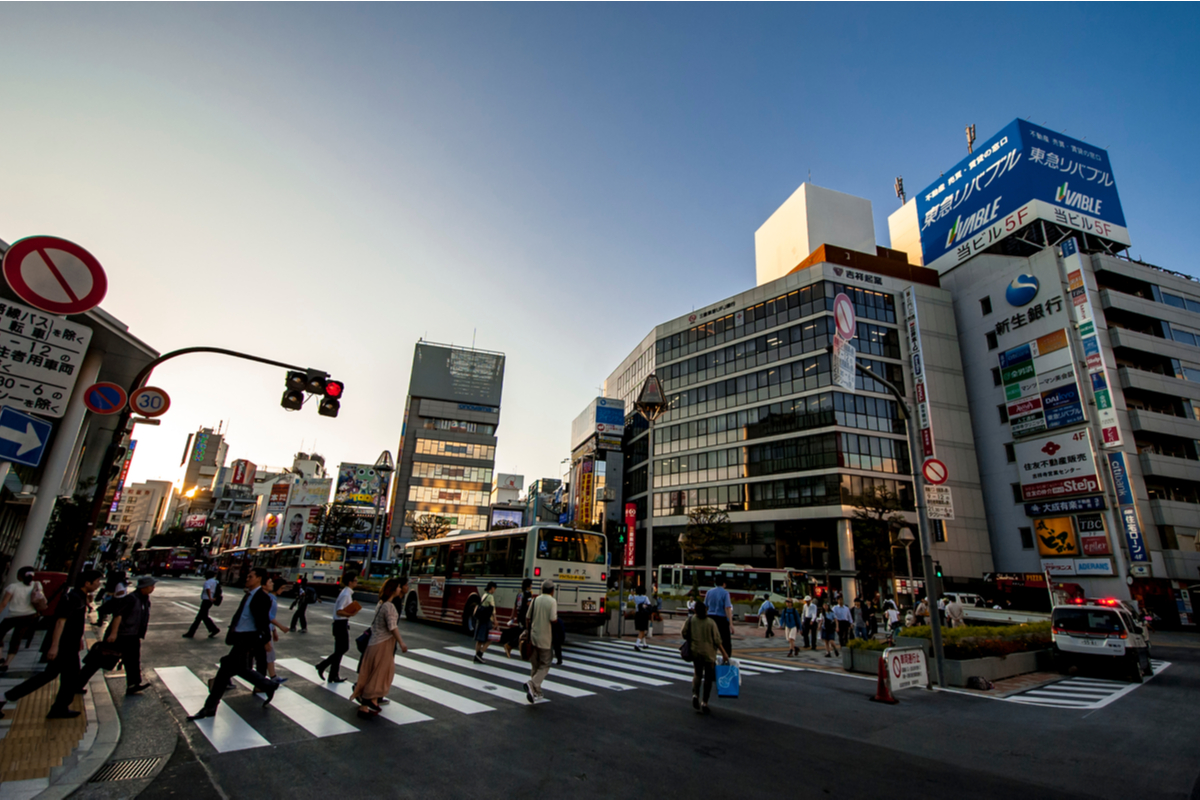
Kichijoji
Day 2: West Tokyo
Kichijoji
Kichijoji is one of the most sought-after neighborhoods for accommodation-seeking expats. On the south side of the station, you’ve got the sprawling Inokashira Park, one of the best cherry blossom parks in the city. It’s also home to the Studio Ghibli Museum, where you can explore the world of Japan’s most legendary animation studio and the pioneering creators who brought classics like Princess Mononoke, Pom Poko and Spirited Away to our screens. On the north side is the steamy, lantern-lit confines of Harmonica Alley, which is great for bar or restaurant hopping.
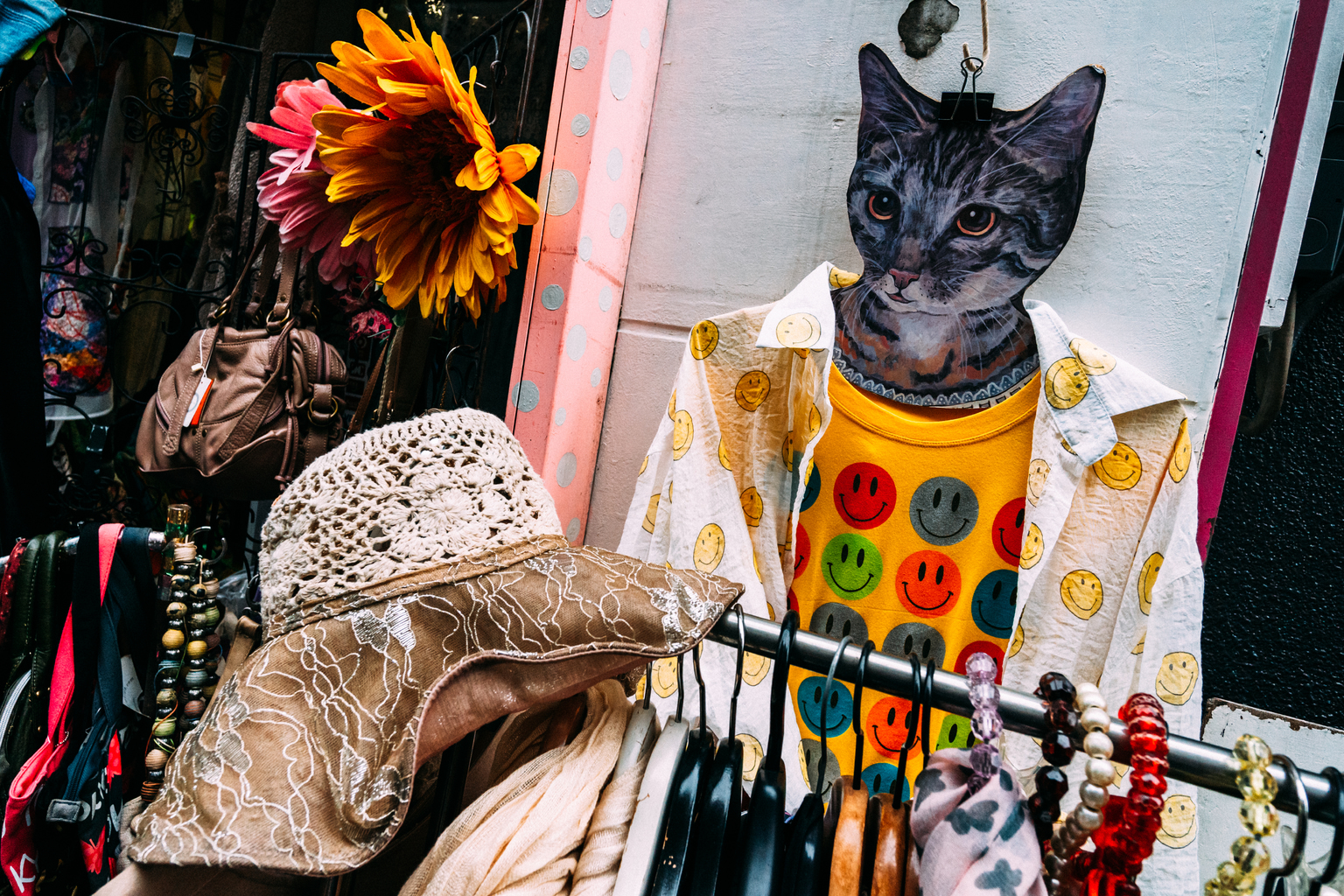
Shimokitazawa | Stephan Jarvis
Shimokitazawa
Further along the Inokashira Line sits Shimokitazawa, a once bohemian neighborhood that has modernized over the past few decades, though this hasn’t sucked out all its charm. Record collectors and thrift-seekers will have a field day here: the narrow walking streets are crammed full of vintage LP and second-hand apparel stores. As a starter set, I’d recommend Flash Disc Ranch for the former and Toyo Department for the latter.
Shimokita, as it’s known, is a great spot to indulge in a little nighttime revelry. I’ve ended up in a bar that was an ode to both punk rock and Star Wars, and another reminiscent of the half floor in Being John Malkovich. Little Soul Cafe is a personal favorite, a bar in the old jazz kissa mold with thousands of records aligning the walls and a dark and smoky atmosphere that contrasts its congenial proprietor.
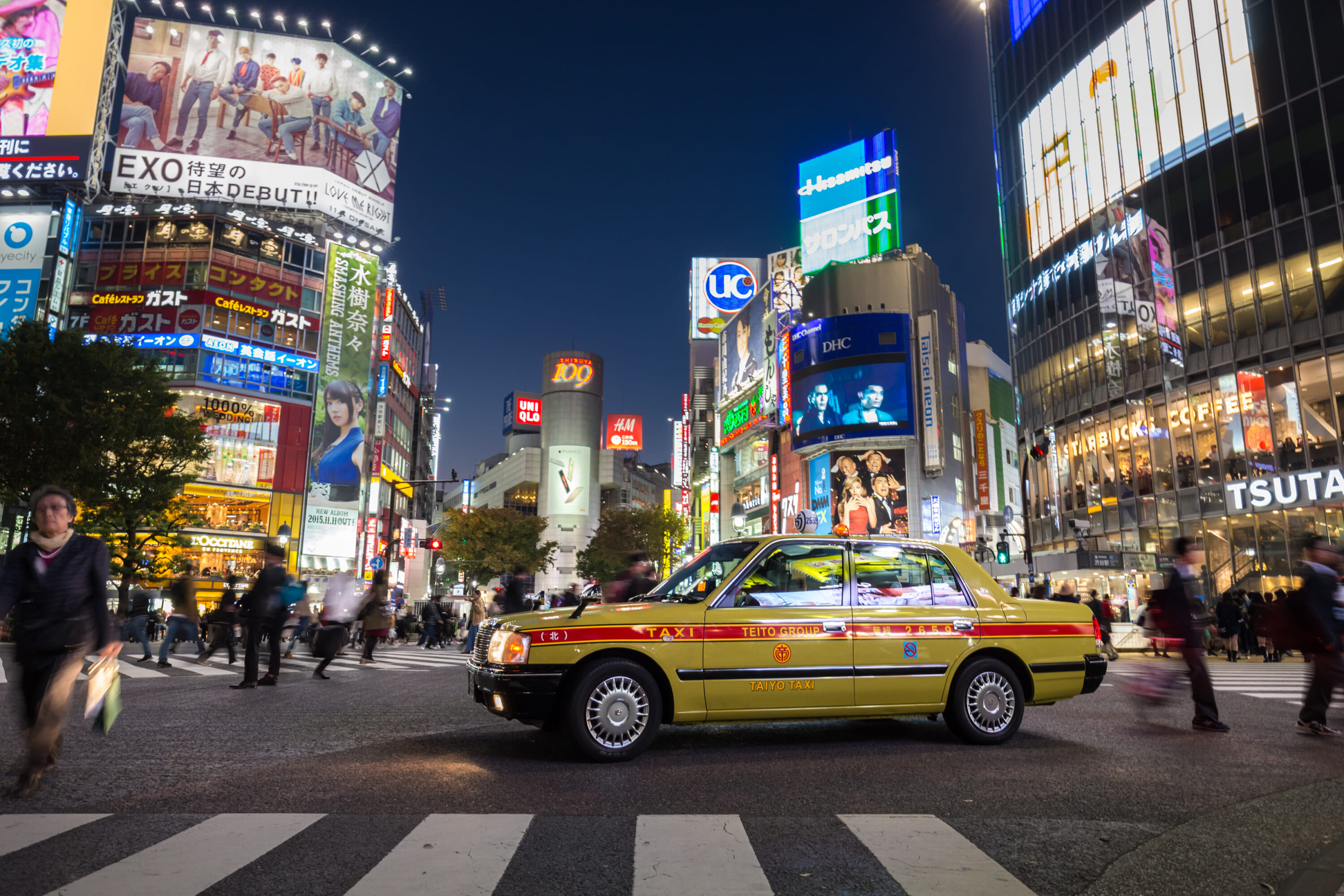
Shibuya | Matej Kastelic via Shutterstock
Shibuya
I guess you can’t really call it a trip to Tokyo if you don’t visit Shibuya, the site of that monstrous pedestrian crossing that has been tainted by Instagram and influencers. Walk across it, get your fill, but don’t expect the world to fall head over heels for your subsequent videos.
What is great about Shibuya, the terminal station on the Inokashira Line, is the variety of things to do nearby. Ebisu, a cosmopolitan neighborhood with a great drinking and dining scene; Harajuku, a district of fashion and hipster subcultures; Yoyogi Park and its venerable Meiji Jingu shrine; and Omotesando, a boulevard of high-end boutiques and daring neomodern architecture are all within walking distance (or a couple stops on the train). Dogenzaka is even closer, and while it has earned the epithet Love Hotel Hill, it also hosts a great collection of bars and izakaya.
You’ll also find the world’s only official Nintendo Store here, located in the Parco shopping complex, and one of the best views in the entire city atop Shibuya Scramble.

